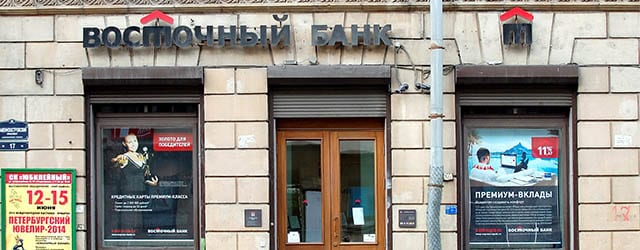Milestones | Russia

During economic crises, Russia’s banking sector has tended to make a bad situation worse, with systemic instability and weak oversight contributing to a near-meltdown and a slower economic recovery. The current crisis appears to be no different.
In late December, Russia’s central bank had to step in with $540 million to support Russia’s 32nd-largest bank by assets, Trust Bank. The ruble’s sharp decline—the currency was down against the dollar in 2014, falling 23% in December alone—was the key culprit in the bank’s collapse. Days later, the size of the bailout had to be increased to $2.4 billion. With the ruble depreciating so fast, the bank experienced a sharp increase in withdrawals.
In addition to the problems of managing withdrawals and meeting foreign debt obligations—which are much more expensive following the ruble’s depreciation—Russia’s banks face a challenging macroenvironment. The decline in the price of oil, along with economic sanctions imposed by the United States and the European Union as a result of the conflict in eastern Ukraine, will shrink Russia’s economy by around 4.5% in 2015, according to Russia’s central bank. In mid-December, the central bank hiked the key interest rate from 10.5% to 17% to defend the ruble. But that’s choking off lending, which Alfa-Bank’s chief economist, Natalia Orlova, thinks will grow by between 2% and 5% in 2015. Higher interest rates and a recession are also likely to lead to a spike in nonperforming loans.
A rate cut is unlikely for months, particularly as inflation accelerates. According to Orlova, “a cleaning of the [banking] sector is a must in 2015, as any delay will increase the risk of the Japanese-style zombie-bank scenario for Russia.” But Russia’s poor management of the sector in the 1998 and 2008 to 2009 economic crises suggests banking will be the weak link this time, too.



